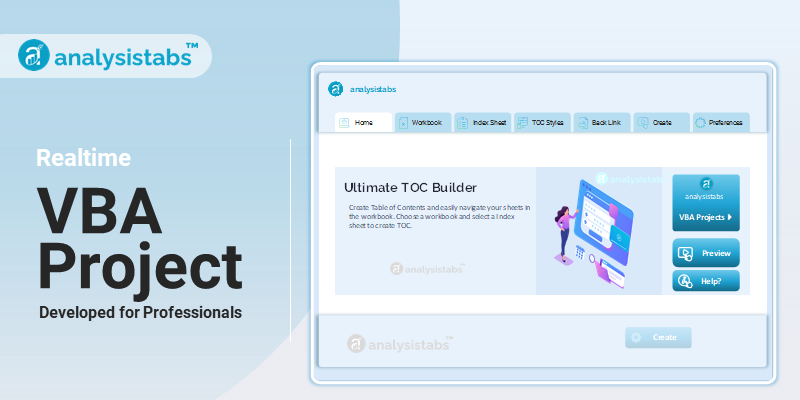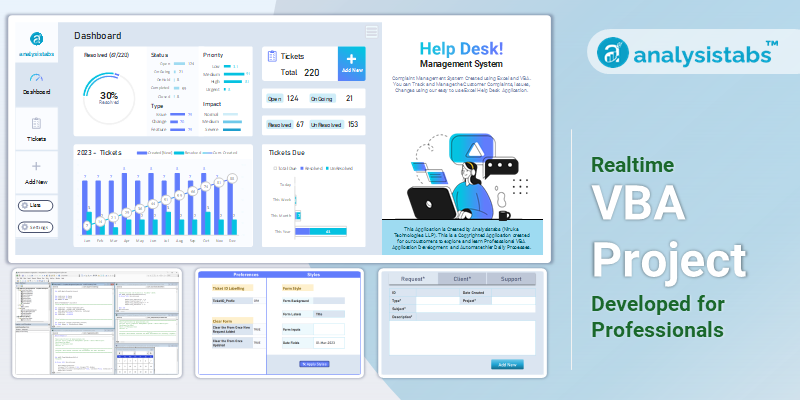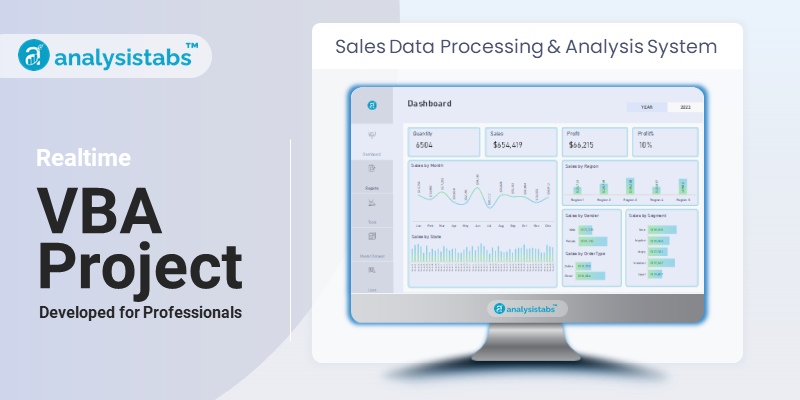The VBA CCur function is a type conversion function that converts an expression into a Currency data type. This function is useful when working with financial data or any other data that requires precise decimal places. It can also be used to format currency values for display in a user-friendly format.
VBA CCur Function – Purpose, Syntax and Arguments
Purpose:
The CCur function is used to convert an expression into a Currency data type, which can then be used for mathematical operations or formatted for display purposes. It ensures that the converted value is accurate and rounded to the appropriate number of decimal places.
Syntax:
CCur(expression)
Arguments:
- expression: This is the value or expression that is to be converted into a Currency data type.
Example:
Let’s say we have a column of numbers in our Excel spreadsheet representing sales figures in dollars. We want to convert these numbers into the Currency data type to ensure accurate calculations and formatting for display. We can use the CCur function in VBA to achieve this:
Sub ConvertToCurrency()
Dim i As Integer
For i = 1 To 10
Range("A" & i).Value = CCur(Range("A" & i).Value)
Next i
End Sub
In the above example, we use a For loop to go through each cell in column A and convert the values using the CCur function. The result will be a column of values in the Currency data type.
Remarks:
- The CCur function is similar to the CDbl function, except it converts the value into a Currency data type instead of a Double data type.
- If the expression cannot be converted to a Currency data type, an error will be thrown.
- If the expression has more than four decimal places, the value will be rounded to four decimal places.
Important Notes:
- The CCur function only works in VBA and cannot be used in regular Excel formulas.
- This function is useful for working with international currency symbols, as it will automatically format the values according to the system’s local currency settings.
- The CCur function can also be used with cells containing text values representing currency, as long as the text is in a valid format.
The CCur function in VBA is a powerful tool for converting values to the Currency data type. It ensures accuracy and precision when working with financial data, and allows for easy formatting for display purposes. So the next time you need to work with currency values in your VBA code, remember to use the CCur function for reliable and accurate results.
Understanding VBA CCur Function with Examples
VBA (Visual Basic for Applications) is a programming language used in Microsoft Office applications, such as Excel and Word, to automate tasks and create advanced functionalities. One of its useful functions is the CCur function, which is used to convert a given expression into a currency value. In this blog post, we will explore the purpose and usage of the CCur function in VBA, along with some examples.
The CCur function takes a numerical expression and returns a currency value. This can be beneficial when working with financial data, as it allows the user to convert numerical values to a specific currency format without any manual formatting. It also helps in performing calculations involving currency values, as VBA recognizes the converted expression as a currency data type.
Example 1: Converting a numerical value to a currency format
The following code demonstrates the usage of the CCur function to convert a numerical value to a currency format.
Sub convert_to_currency() Dim num As Double Dim currency As Currency num = 5000.50 currency = CCur(num) MsgBox "The converted currency value is: " & currency End Sub
The output of this code is a message box that displays the converted currency value as “The converted currency value is: $5,000.50”. Here, the CCur function converts the numerical value “5000.50” to its currency equivalent, and the result is stored in the variable “currency”. This value is then displayed in the message box.
Example 2: Calculating the total cost of items using the CCur function
The CCur function can also be used to perform calculations involving currency values. Let’s consider a scenario where we need to calculate the total cost of items in a list, which are priced in different currencies. In such a case, the CCur function can be used to convert all the currencies to a common format before performing the calculation.
Sub calculate_total_cost() Dim item1, item2, item3 As Double Dim item1_currency, item2_currency, item3_currency, total_cost As Currency item1 = 113.25 item2 = 50.75 item3 = 620.50 item1_currency = CCur(item1) item2_currency = CCur(item2) item3_currency = CCur(item3) total_cost = item1_currency + item2_currency + item3_currency MsgBox "The total cost is: " & total_cost End Sub
In this example, three items with their respective prices are declared as numerical values. These values are then converted to currency values using the CCur function. Finally, the total cost is calculated by adding all the currency values, and the result is displayed in the message box as “The total cost is: $784.50”.
Example 3: Converting data types before performing calculations
Sometimes, it may be necessary to convert data types before performing calculations, especially when working with data that comes from external sources. In such cases, the CCur function can be used to convert the data type to a currency value.
Sub convert_data_type()
Dim num1 As Variant
Dim num2 As Currency
Dim result As Double num1 = "100"
num2 = CCur("50")
result = CCur(num1) + num2
MsgBox "The result is: " & result
End Sub
In this example, we have a numerical value and a currency value declared as variables. The numerical value “100” is initially defined as a string using the Variant data type. However, to perform calculations with the currency value, we need to convert it to a currency data type using the CCur function. The result of the calculation is then converted back to a numerical data type using the CCur function, and the final output is displayed as “The result is: 150”.
Example 4: Handling invalid expressions with the CCur function
The CCur function also has error-handling abilities to deal with invalid expressions or values that cannot be converted to a currency format. Let’s look at an example where the CCur function is used to handle an invalid expression.
Sub handle_errors() Dim num As Double Dim currency As Currency num = "hello" On Error GoTo ErrorHandler currency = CCur(num) MsgBox "The converted currency value is: " & currency Exit Sub ErrorHandler: MsgBox "Invalid expression. Please enter a valid numerical value." End Sub
In this example, the variable “num” is assigned the string value “hello”, which is an invalid expression to be converted to a currency format. The On Error statement directs the code to jump to the ErrorHandler in case of an error. This allows for a more user-friendly approach, and the user is notified with a message box that says “Invalid expression. Please enter a valid numerical value.”
In conclusion, the CCur function in VBA is a useful tool for converting numerical expressions to currency values. It simplifies the process of handling currency data and helps in performing calculations involving currency values. With its error-handling capabilities, it also enhances the overall user experience. We hope this blog post has helped in understanding the purpose and usage of the CCur function in VBA.







